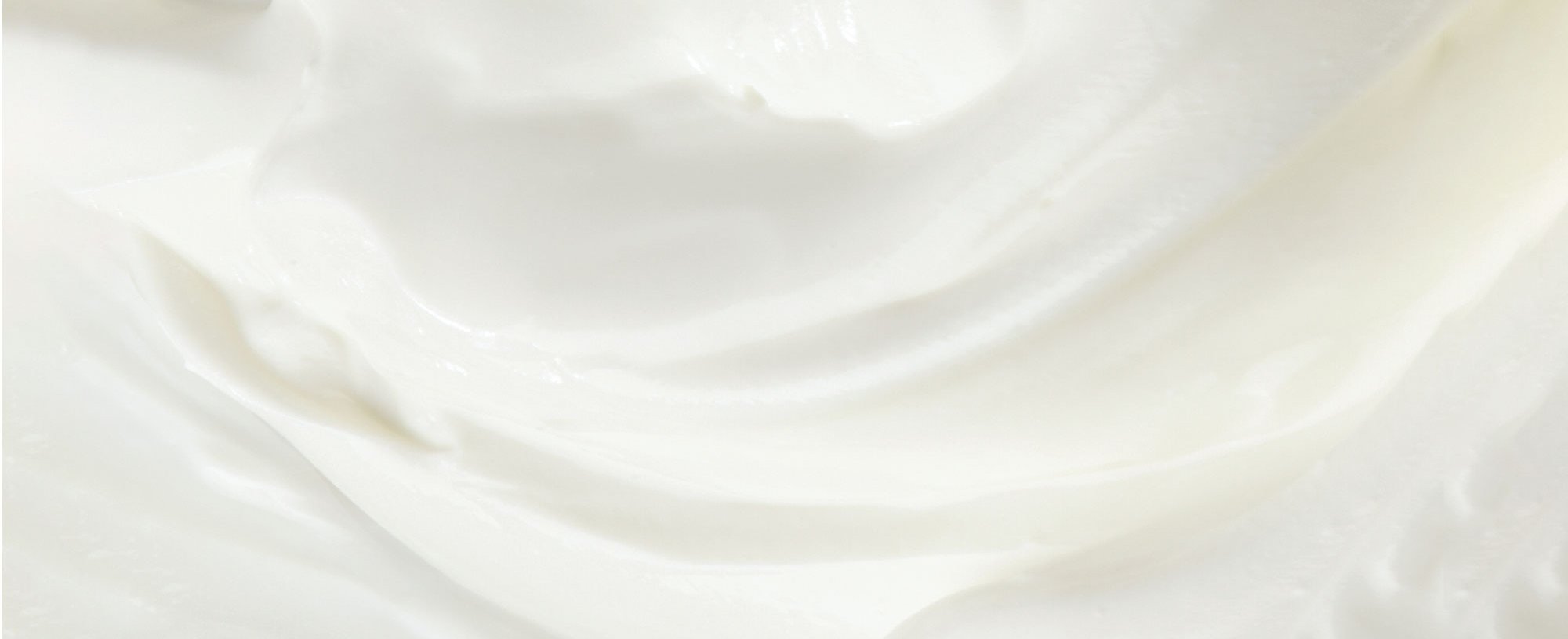Yes, spending time in the great outdoors feels pretty amazing—but sadly, the sun can do a real number on your skin. Did you sunburn easily as a kid? Or did you frequently slather yourself in tanning oil as a teen before heading out for a day at the beach? Most of us have been there and if you have, it’s safe to say you probably have some form of sun damage. This can range from premature signs of skin aging like wrinkles and dark spots (oh, what fun!) to bigger issues such as skin cancer. While the best thing you can do for your skin is to apply sunscreen with SPF 15 or higher and take additional sun protection measures, if you already have sun damaged skin, you may be wondering if it’s possible to reverse sun damage. Keep reading to learn the answer, as well as what you need to know about what you can do to help protect against sun damage on your face.
CAN YOU REVERSE THE VISIBLE SIGNS OF SUN DAMAGE?
Well, we have good news and bad news for you. The good news: You can help minimize the appearance of superficial sun damage (like wrinkles and dark spots), as well as help protect your skin against sun damage by taking the right precautions. The bad news: A lot of damage goes beyond the skin’s surface—so it’s important to visit your derm yearly, according to the American Academy of Dermatology (AAD), for a full-body skin check to determine whether any of the damage that occurred in your youth has developed into something more serious.
HOW THE SUN AFFECTS YOUR SKIN
The sun emits two different kinds of rays: UVA and UVB, according to The Skin Cancer Foundation. UVA rays tend to penetrate deep into the skin, which causes an immediate tanning effect and often contributes to the early signs of skin aging down the road. UVB rays, meanwhile, cause surface-level damage—quickly burning—followed by gradually tanning the skin, according to the World Health Organization. While most UVB rays are filtered by the atmosphere, these are the ones that can cause skin cancer.
Editor’s note: Don’t think you’re only at risk to develop sun damage on sunny days—you can even get burned on cloudy days, according to the Skin Cancer Foundation.
4 TIPS TO HELP PROTECT AGAINST SUN DAMAGED SKIN
When it comes to protecting your skin from the sun, we’ve got you covered! Follow the four tips below to help avoid sun-damaged skin.
Tip #1: Wear SPF every day—and stay covered
Practicing sun safety is important for everyone—even if you don’t have noticeable signs of skin aging just yet. Slathering on a broad-spectrum SPF sunscreen should become a daily habit; if it’s not already. That’s because wearing SPF can help prevent future damage. The Food & Drug Administration (FDA) recommends using a sunscreen with an SPF of at least 15. You should apply it to all areas that aren’t covered by clothing. To help protect against sun damage on your face, try the L’Oréal Revitalift Bright Reveal Brightening Day Moisturizer SPF 30, which is formulated with glycolic acid, vitamin C, and Pro-Retinol along with broad-spectrum SPF 30.
The FDA also recommends taking other sun protection measures, such as covering up when you’re out in the sun by wearing a broad-brimmed hat, long sleeves, and sunglasses and seeking shade under an umbrella if you’re at the beach or anywhere else where you’re under direct sunlight. Plus, remember to reapply sunscreen every two hours!
Tip #2: Target dark spots
Help fade the appearance of dark spots over time by using a dark spot corrector like the L’Oréal Paris Revitalift Bright Reveal Brightening Dual Overnight Moisturizer. Formulated with glycolic acid, vitamin C, and Pro-Retinol, this night treatment targets the appearance of wrinkles and uneven tone to reveal brighter, more radiant skin in just one week. Apply it on your face as the last step of your nighttime routine.
Tip #3: Add a serum to your routine
While you can’t reverse sun damage already on skin, you can help reduce its appearance with a serum. Consider adding a vitamin C serum, like the L’Oréal Paris Revitalift Derm Intensives 10% Vitamin C Serum, to your routine to reduce the appearance of wrinkles over time with continued use and boost skin radiance.
Tip #4: Moisturize, moisturize, moisturize!
According to the AAD, since moisturizing traps water in the skin, it can help reduce the look of fine lines. Try the L’Oréal Paris Hydra Genius Daily Liquid Care line, which comes in three varieties: L’Oréal Paris Hydra Genius Liquid Care - Normal/Oily Skin, L’Oréal Paris Hydra Genius Liquid Care - Normal/Dry Skin, L’Oréal Paris Hydra Genius Liquid Care - Extra Dry Skin. The water-based moisturizers are formulated with hyaluronic acid and aloe water for long-lasting hydration.
WHAT ABOUT SUN DAMAGE TO EYES?
When it comes to sun damage, it isn’t only your skin that you have to worry about—sun damage to eyes can be a very real problem, too. According to the Skin Cancer Foundation, both the skin surrounding the eye and the inside of the eye—the lens and the cornea—can become damaged from sun exposure. This damage can appear as eyelid cancers, cataracts, macular degeneration, corneal sunburns, benign growths of the conjunctiva, intraocular melanoma, and conjunctival cancers. To help protect against eye problems related to sun exposure, the FDA recommends wearing sunglasses. Look for sunglasses with a UVA/UVB rating of 100%, consider a large, wraparound style of glasses, and know that sunglasses will be most effective when paired with the broad-brimmed hat and sunscreen that we discussed earlier.
Next: The Best Hairstyles for Protecting Your Hair (and Scalp) from the Sun







